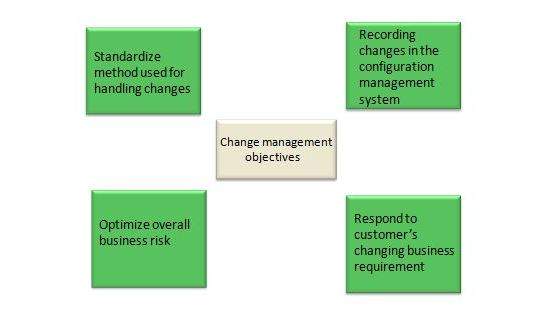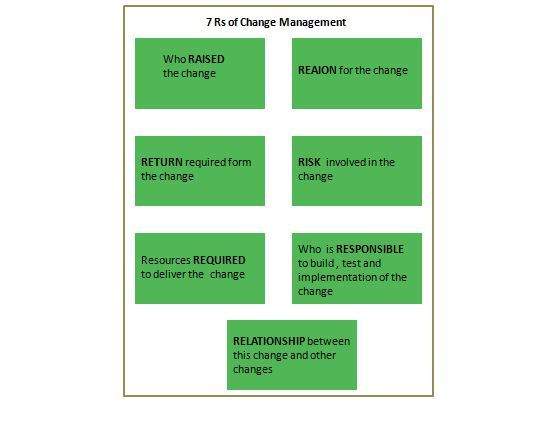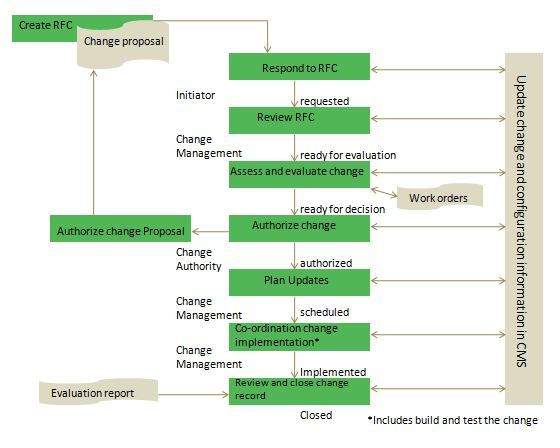
- ITIL - Home
- ITIL - Overview
- ITIL - Terminologies
- ITIL - Service Basics
- ITIL - Service Lifecycle
- Service Strategy
- ITIL - Service Strategy Overview
- ITIL - Service Strategy Roles
- ITIL - Strategy Generation
- ITIL - Service Portfolio Management
- Business Relationship Management
- ITIL - Demand Management
- ITIL - Financial Management
- Service Design
- ITIL - Service Design Overview
- ITIL - Service Catalogue Management
- ITIL - Service Level Management
- ITIL - Capacity Management
- ITIL - Availability Management
- ITIL - Service Continuity Management
- Information Security Management
- ITIL - Supplier Management
- Service Transition
- ITIL - Service Transition Overview
- ITIL - Project Management
- ITIL - Change Management
- Service Assets and Configuration Management
- Release and Deployment Management
- ITIL - Service and Validation Testing
- Service Operation
- ITIL - Service Operation Overview
- ITIL - Event Management
- ITIL - Incident and Request
- ITIL - Problem Management
- ITIL - Access Management
- Continual Service Improvement
- CSI Overview
- Service Reporting
ITIL - Change Management
Introduction
Change in IT service refers to commissioning, decommissioning or up gradation of configuration of servers.
All changes are required to be implemented with minimum disruption of IT services.
Change Management process deals with following aspects while implementing a change −
- Study the adverse impact of change and minimize it
- Create and maintain change management process
- Prevent unauthorized changes in the environment
- Maintain record of all the changes
- Post implementation review of all changes
Change is not implemented by change management team rather it is implemented by a technical team. Change management team only review and approve the change.
Change Manager is the process owner of this process.
Key Points −
Change manager is the person who approves the changes and closes it. He also checks whether it meets the desired result.
Change coordinator raises changes
Change coordinator has to send screen shots after the change in Post Implementation Report (PIR)
Objectives
Following are the several objectives of change management process −

Seven Rs of Change Management
These are the seven questions that must be answered for all changes. It helps to assess impact of changes and risk and benefit to the service.

Request For Change (RFC) is the key information source and the catalyst for the change activities of −
- Create and record
- Review
- Assess and evaluate
- Authorize
- Plan
- Coordinate
- Review
- Close
Each RFC will follow a certain change model that is suitable for the nature and type of change.
Change Models
There are basically three change models as listed below −
- Standard change Model
- Normal change Model
- Emergency change Model
Standard change model
This model is used for pre-authorized repetitive, low risk and well tested changes.
Normal change model
In this model any change must go through certain steps such as assessment, authorization, and Change Advisory Board (CAB) agreement before implementation.

Emergency change model
This change model deals with highly critical changes needed to restore failed high availability service failure.
Change Advisory Board (CAB) is a body to authorize the changes and assist change management in assessing and prioritization the changes.